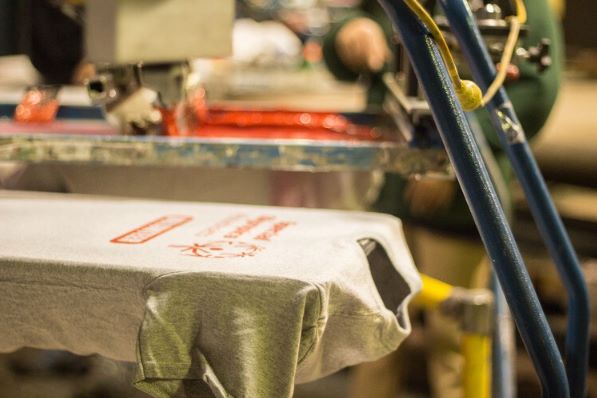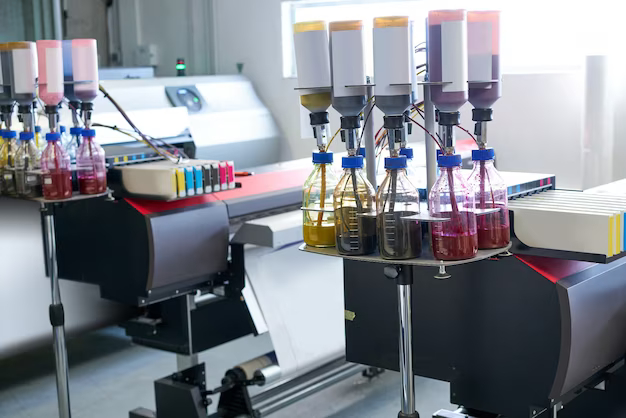
Water-Based Screen Printing: An Eco-Friendly Alternative
Screen printing is a popular printing technique that uses stencils to apply ink onto a substrate. While traditional screen printing uses plastisol inks, which are oil-based and contain harmful chemicals, water-based screen printing has emerged as a safer and more eco-friendly alternative. In this article, we will explore the benefits of water-based screen printing, how it works, and the different types of substrates it can be used on.
Benefits of Water-Based Screen Printing
Eco-friendly: Water-based inks are free from harmful chemicals such as phthalates and PVC, making them an eco-friendly alternative to traditional plastisol inks.
Soft feel: Water-based inks are absorbed into the fabric, giving them a soft feel and making them ideal for printing on t-shirts and other clothing items.
Vibrant colors: Water-based inks can produce vibrant and long-lasting colors, making them suitable for printing on a wide range of substrates.
Breathable: Water-based inks allow the fabric to breathe, making them ideal for printing on sportswear and other performance fabrics.
Easy to clean: Water-based inks are easy to clean up with water, making them a convenient option for screen printers.
How Water-Based Screen Printing Works
Water-based screen printing works by applying ink onto a substrate through a stencil. The stencil is created by applying a photosensitive emulsion onto a screen and exposing it to light. The areas of the screen that are exposed to light will harden, while the areas that are not exposed will remain soft.
Once the stencil is created, the ink is applied to the screen and spread evenly over the stencil using a squeegee. The ink is then forced through the stencil onto the substrate, creating the desired design.
Types of Substrates for Water-Based Screen Printing
Water-based screen printing can be used on a variety of substrates, including:
Cotton and other natural fabrics
Polyester and other synthetic fabrics
Paper and cardboard
Wood and other porous surfaces
Plastics and vinyl
Tips for Successful Water-Based Screen Printing
To achieve the best results with water-based screen printing, here are some tips to keep in mind:
Use a higher mesh count screen to achieve fine details and sharper edges.
Pre-wash the fabric to remove any residue and improve ink absorption.
Use a retarder to slow down the drying process and prevent clogging.
Test the ink on a small piece of fabric before printing on a larger scale.
Use a heat press or iron to cure the ink and ensure it adheres to the substrate.
Conclusion
Water-based screen printing offers a safer and more eco-friendly alternative to traditional plastisol inks. Not only does it produce vibrant and long-lasting colors, but it also has a soft feel and is ideal for printing on a wide range of substrates. By following some simple tips, screen printers can achieve excellent results with water-based inks while minimizing their environmental impact.







